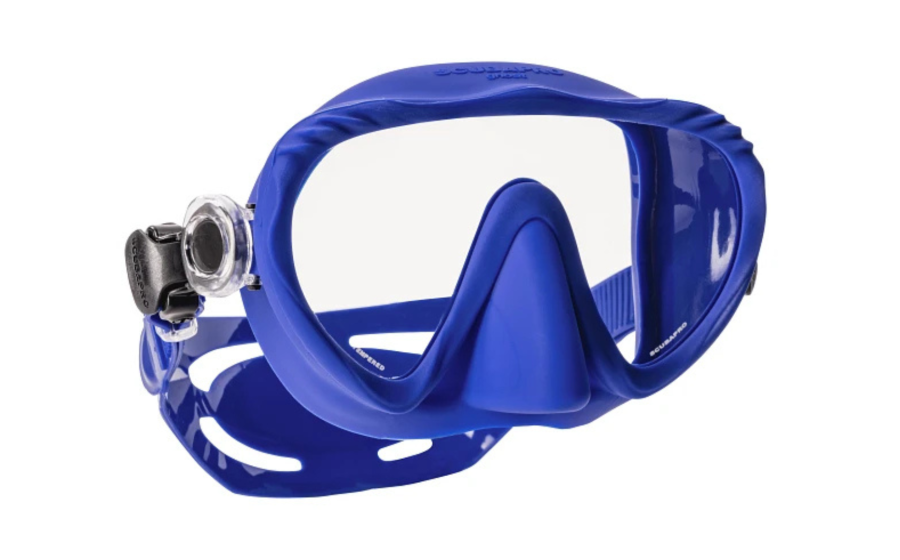What It's Like to Be Lost At Sea
It’s 4 p.m. when we surface 300 yards from our liveaboard. It’s the last dive of a trip to Malpelo, a remote, sheer-walled island roughly 320 miles off the coast of Colombia.
Nobody is on deck to spot us. We’ve come up early, and they aren’t expecting us. Three divers inflate sausages. While they remain on the surface, one of the other divers and I drop to 30 feet for another 10 minutes with the silky sharks.

Steven P. HughesWhat it's like to be lost at sea
When we resurface, I can hardly make out the boat. It’s a spec on the horizon. And ours is the only boat at Malpelo. The currents are strong. If they’ve carried us this far already, it will only get much worse if we continue to drift. The five of us are still together and the guide instructs us to stay together and wait. Instinct tells me this isn’t right. I have to swim closer to the boat, not just let the currents carry us out of sight.
At this point, we are at least 2.5 miles from the boat. I know that what I am doing breaks protocol, but I can’t shake the feeling that I have to rescue myself. I kick hard, tacking at 45 degrees into the current, switching strokes often.
I make progress, but slower than expected. By 6:30, darkness begins to settle. Now I’m scared. I put my regulator in and swim the crawl stroke, full on, with all my dive gear. When the tank empties, I ditch it, along with my weights. I can no longer see the island, but I hear waves crashing against it. Around 8 p.m., I reach the rock. I spend the next few hours trying to find purchase, trying not to think about the silky sharks. Finally, around 2 a.m., I hoist my body onto the rocks. Around daybreak, a crab pinches me, and I turn to reposition. That’s when I see a boat that eventually sees me.
The other divers have been drifting in a 5-knot current. Fifty hours pass before two divers are rescued, 48 miles from Malpelo. The other two didn’t survive. Before this incident, I used to say to myself, What’s the worst that can happen?
Now I know.










